The Quadrant Method
Methodology
Our Process
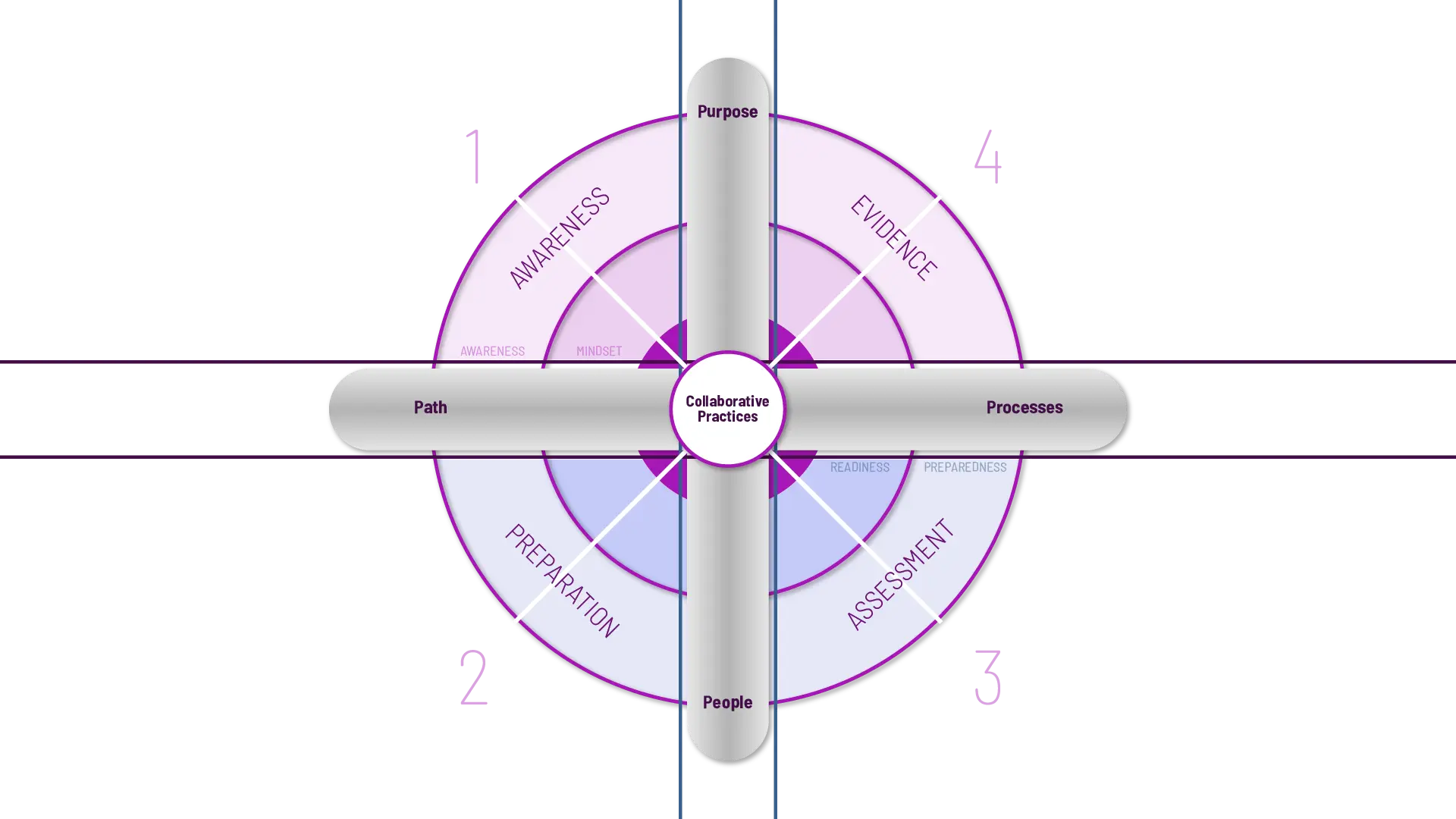
We organize our processes by 2 axes for the subjective ELEMENTS and for the objective COMPONENTS. Our hallmark Collaborative Practices is the target where all knowledge intersects.
The quadrants group the process steps and are further divided into four parts containing activities related to Awareness, Mindset, Readiness & Preparedness – enhancing learning best practices in Education.
Quadrant 1 – the Awareness Assessment stage – puts everyone on the same page, working as a guide to get from where you are to where you want to be.
Quadrant 2 allows us to formulate your process and prepare for implementation. This is the most intense quadrant when teacher best practices & training begins.
Quadrant 3 brings us to smoothing out the operational flow through Training, Assessments and Technology.
Quadrant 4, now having gone full circle, brings us to Measuring Impacts.
Collaborative Practices
Collaborative knowledge sharing enables co-creation, co-development, and co-deployment.
This trilogy facilitates the ongoing evolution and improvements to implement sustainable practices in Transforming Educational Processes.
CO-
creation
development
deployment
Awareness
Quadrant 1
Each quadrant groups some modules and components of the process, as explained below.
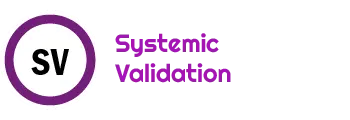
Education assumes learning cycles and our process is no different. After understanding where your institution stands, we’ll deploy the first complete cycle, measure the outcomes, tweak processes, adjust best practices and enhance training for ongoing improvements.
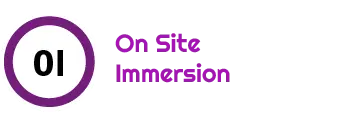
Seeing is believing! Without a doubt, the best way to start a new process is to see it in action within a natural environment that allows you to ask, question and get real time answers to observations and doubts.
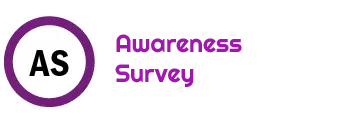
The initial procedure begins with a high level institutional survey to measure the degree of AWARENESS in relation to Real Life Readiness Teaching & Learning processes aligned with our rubric scale.
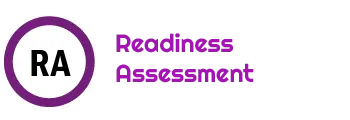
A 360° multi-tier deep dive, aligning subjective interpretations to objective procedures and understandings required to ensure a smooth transition with solid outcomes.
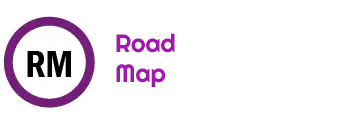
Pinpointing common know-how while on site allows us to co-develop the gap filling Best Practices road map.
PREPARATION
Quadrant 2
Each quadrant groups some modules and components of the process, as explained below.
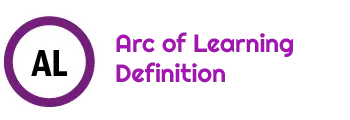
The strategic roadmap begins with the hard part: How adults will harmoniously work together. We co-create the definitions for a customized Arc of Learning, which will serve as an overarching theme for project development. From there, we co-develop the sequential steps for institutional best practices, team alignment and ongoing support.
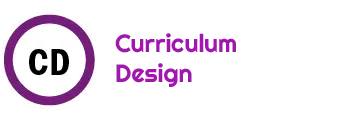
This is how we process content planning and organization, determining what and how to teach and how to assess student learning, aiming to provide a meaningful and effective learning experience.

Our process of developing a customized detailed guide for an individual instructional session within a course or curriculum; specifying learning objectives and teaching materials supported by methods for creating sequenced activities and assessing student engagement and progression.
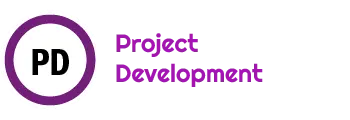
The process of designing and building structured, student-centered learning experiences that revolve around authentic, real-world projects. The steps: defining the project scope, objectives and tasks; as well as structuring a framework for students to investigate, collaborate, problem-solve, and apply their knowledge in a practical context, fostering a deep understanding with critical skills development.
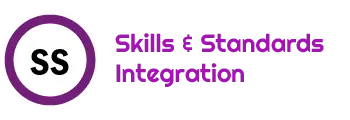
The alignment of educational standards and the development of essential skills in the learning process, entailing: curriculum design, teaching methods aiming to meet academic benchmarks emphasizing the acquisition of real-life skills such as critical thinking, problem-solving, communication, and adaptability.
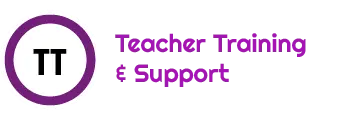
Professional Development organizational overhaul to transition from traditional teaching programmatic methods to innovative learning procedural practices understood as having long term ongoing support with dedicated specialists to assist you through awareness, conceptual R&D, strategic development, implementation and ongoing training for continued improvements.
ASSESSMENT
Quadrant 3
Each quadrant groups some modules and components of the process, as explained below.
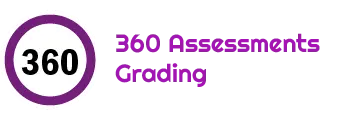
Pre-defined protocols allowing for a 360 degree assessment process evaluating individual student development for all standards and skills as well as student’s assessing their learning journey.
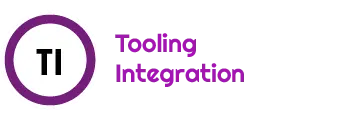
Multi stakeholder “Active Learning One Stop Platform” uniting the entire Real Life Readiness learning journey from planning to final assessments and administration to parental tracking and everything in between.

Making all systems work seamlessly together.
EVIDENCE
Quadrant 4
Each quadrant groups some modules and components of the process, as explained below.
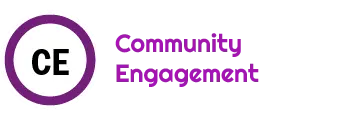
The active involvement and collaboration between educational institutions and surrounding community, fostering strong partnerships with parents, neighbors, local organizations, and businesses creating a supportive and enriching learning environment for students.

The methodology used to assess and quantify the social, environmental, and economic impact of an organization’s activities or a specific project, equating to how resources are effectively utilized, generating positive societal outcomes and empowering organizations to make informed decisions regarding their investments and initiatives.
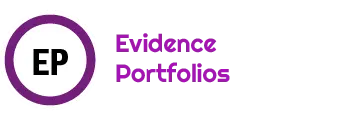
The compilation of learning evidence that justifies, tracks and proves the student ‘s development.
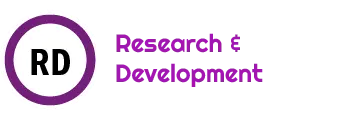
To ensure continued relevance within daily practices, we also extend our training to tiers within management and work with your organization to identify the multipliers & disseminators. Designate key players from your team to interface with ongoing R&D to organically adopt best practices and new technologies for continued advancement.

Education assumes learning cycles and our process is no different. After the first complete cycle, we measure the outcomes, tweak processes, adjust best practices and enhance training for ongoing improvements.

